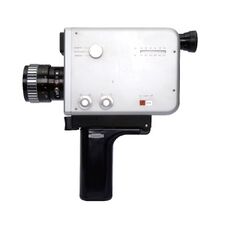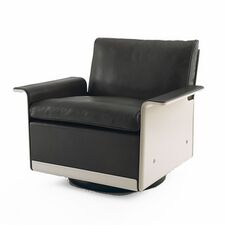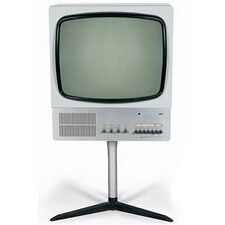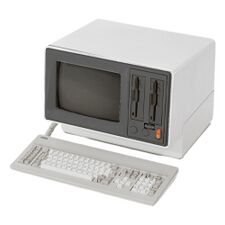Aleksandr Ristov
Aleksandr Ristov | |
|---|---|
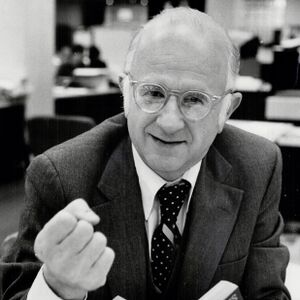 Aleksandr Ristov in 2014 | |
| Born | September 14, 1934 |
| Nationality | |
| Occupation | Industrial designer |
| Known for | Sevir consumer products, |
Early Life and Education
Aleksandr Ristov was born on 14 September 1934 in Merisk, Khyragus. His father was a railcar mechanic. Ristov began studying electrical engineering at Khasde National Polytechnic in 1952, however, he quickly changed to studying industrial design. While there, some of his designs — a clock and a typewriter — were exhibited at the Khasde Design Museum. Ristov was recruited to Sevir Heavy Industires as a design officer shortly after his graduation in 1956.
Career
Sevir Heavy Industries
Sevir C2008K 8mm camera, 1966
Ristov began work at Sevir Heavy Industries in 1956, initially tasked with designed bedroom furniture. During this time in Khyragus, the government began promoting and developing the consumer products economic sector. Sevir Heavy Industries was challenged with making as many products as possible, while using few materials. This lead to Ristov to innovate, taking on a minimalist style, which was pervasive throughout his career. In 1961, Ristov became the head of Sevir's Consumer Electronics Division, where many of his most well-known designs originate, such as the TR900 television set. The large rise in international demand for low-cost, high-quality consumer electronics originating in Khyragus is often linked to Ristov's unique design philosophy and style. In 1969, Ristov became the Chief Design Officer for Sevir Heavy Industry's Consumer Products division, where he remained until 1977.
Unimatic Computer Systems Corporation
The Vue Personal Computer, released in 1982 is considered one of the most important developments in personal computing
Sevir C2008K 8mm camera, 1966
Ristov was recruited by Unimatic Computer Systems Corporation in late 1977. He was initially apprehensive about working for a computer corporation, as it was a new area in which he had little expertise. "Computers were something entirely new to me" he would later recall, "I had one in my office then, but it saw little use". Unimatic Computer Systems Corporation, which had been successful in producing enterprise-level mainframe computers, was attempting to enter the emerging personal computer market.
Ristov's first assignment was to oversee the development of the Vue. Ristov was responsible for overseeing the exterior appearance of the unit, as well as the then-revolutionary graphical user interface. Unimatic was seeking to design a computer that would be like any other home appliance, like a radio or television set. Initially, the Vue developmental program was fraught with issues. In a 2006 interview, Ristov said of the project "It was a mess when I first came in. The lead engineers were very excited about the color display capabilities and user interface and wanted to showcase that by filling everything with a rainbow of colors. I had to redesign the entire interface so that it wouldn't overwhelm the users or the computer hardware." The Vue computer was released on July 8th of 1982, with mixed reception, some critics praised it's ease of use, while others thought it was too revolutionary and the interface was unnecessary. The following year, the Khyragusian government selected the Vue computer to be part of its computer literacy program, which would eventually make it ubiquitous throughout schools, libraries, and offices in Khyragus. The Vue line of computers eventually became widely used both within Khyragus and internationally, and is considered Ristov's most important work.
Ristov retired from Unimatic in 1989, saying that "the computer world changes too quickly for an old man like me".
Design Philosophy
In part due to the design challenges faced when working at Sevir, Ristov created a set of principles that he applied to his products.
- User Focus – A product should be designed with the end user in mind. It should be easy to use and understand.
- Thoroughness and Intentionality – A product should be designed with the smallest details in mind, and how they integrate into the overall functionality of the product.
- Durable – A product should be designed to last as long as possible, to conserve resources and minimize waste.
- Modularity – Products should consist of modules, which are easy to repair and replace. Whole products should be considered modules of a set within a house or system.
- Minimalist – Less is more. Simpler designs are easier to understand; they avoid following trends and always appear modern.
- Sustainable – A product should conserve as much resources as possible.
- Honest – A product must never present itself as being more than it is.

